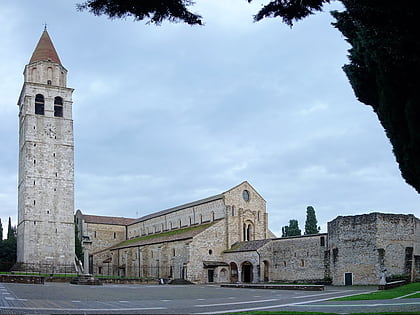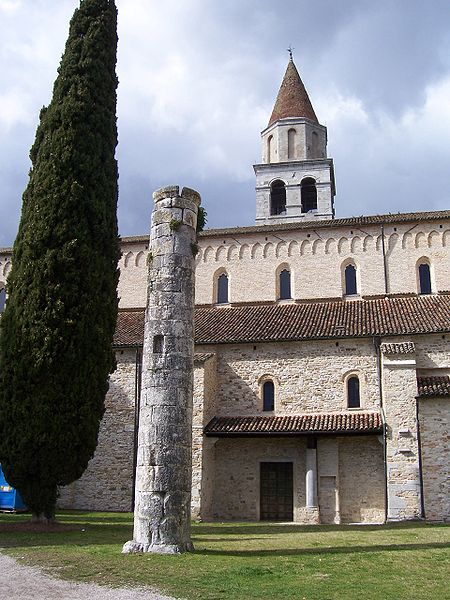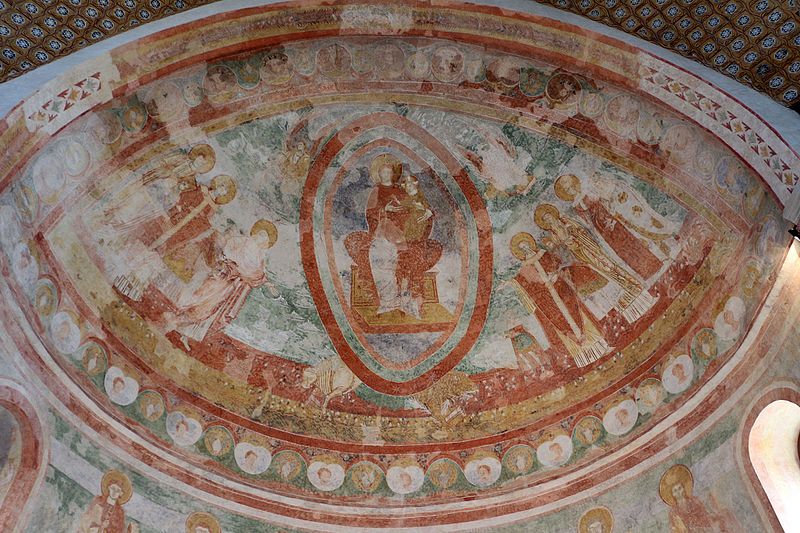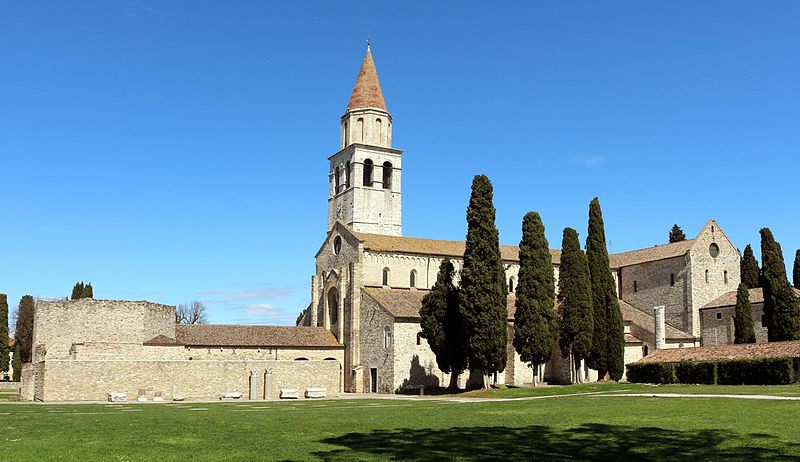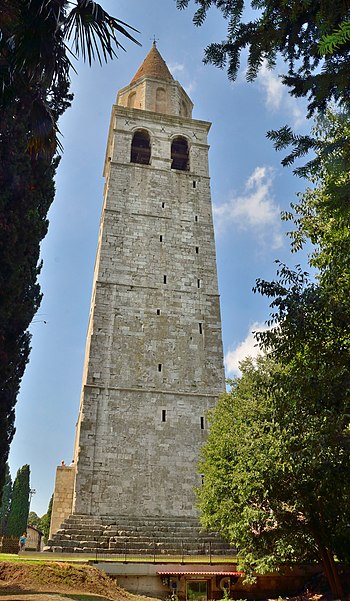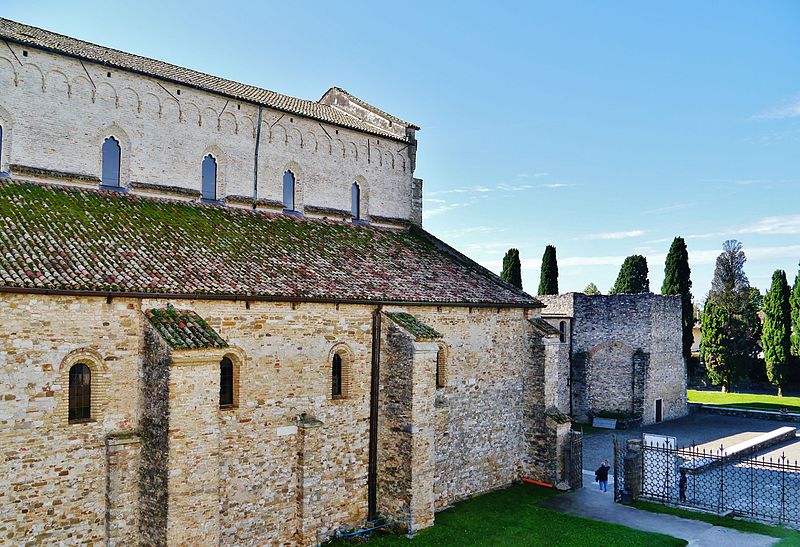Basilica di Santa Maria Assunta, Aquileia
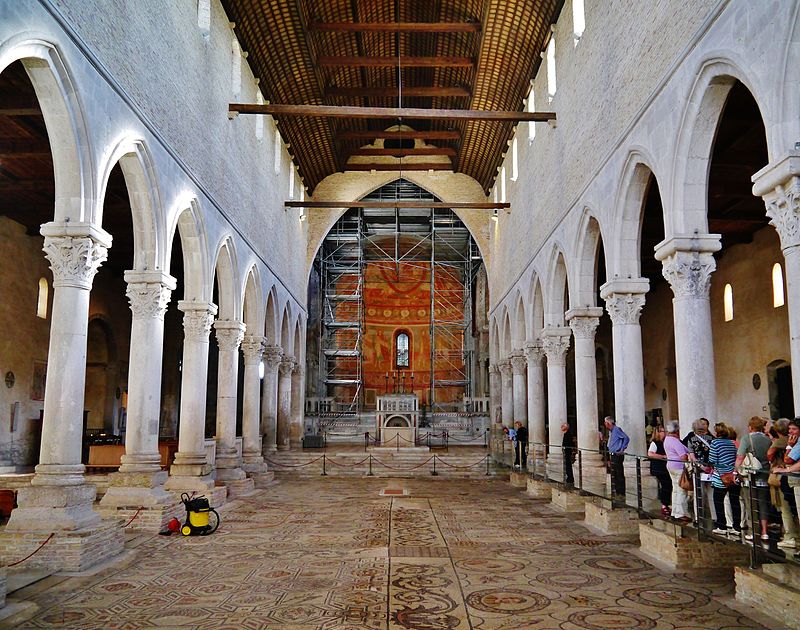
Facts and practical information
The Basilica di Santa Maria Assunta stands as a testament to the rich religious and historical tapestry of Aquileia, Italy. This ancient basilica is renowned for its stunning mosaics, which are among the largest and most significant in the Western world. Dating back to the early Christian period, the basilica was constructed in the 4th century and has since been a beacon of ecclesiastical heritage in the region.
Visitors to the Basilica di Santa Maria Assunta are immediately struck by the intricate floor mosaics that cover the nave and the crypt. These mosaics depict a variety of biblical scenes and early Christian symbols, offering a glimpse into the spiritual life of the early Church. The preservation of these mosaics is remarkable, allowing modern-day tourists to walk in the footsteps of ancient worshippers and marvel at the same timeless artistry.
The basilica itself is a harmonious blend of architectural styles, reflecting the various periods of reconstruction and renovation it underwent through the centuries. The current structure showcases Romanesque elements from its 11th-century restoration, alongside the original early Christian components. The campanile, or bell tower, soars skyward, offering those who climb it a breathtaking view of the surrounding countryside and the remnants of the ancient Roman city.
For those interested in religious history, the Basilica di Santa Maria Assunta is a treasure trove. It is not only a place of worship but also a guardian of the past, with its Patriarchal Museum housing artifacts that span the long history of Aquileia's role as an important religious center.
Basilica di Santa Maria Assunta – popular in the area (distance from the attraction)
Nearby attractions include: Museo Paleocristiano, Valle Cavanata Nature Reserve, Parco della Rimembranza, Torviscosa.
